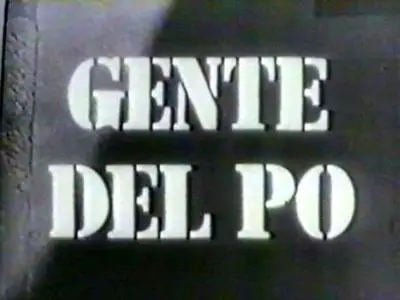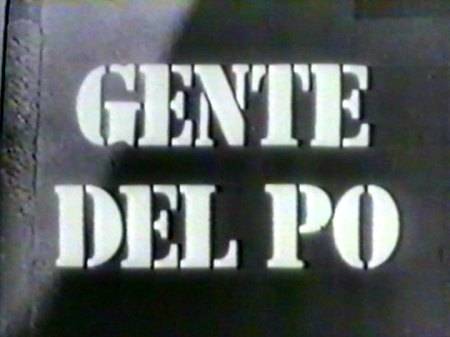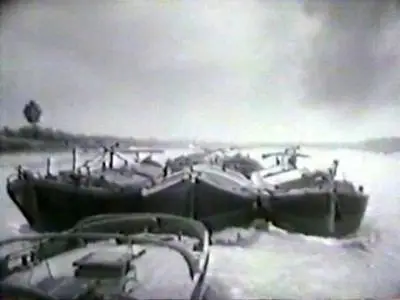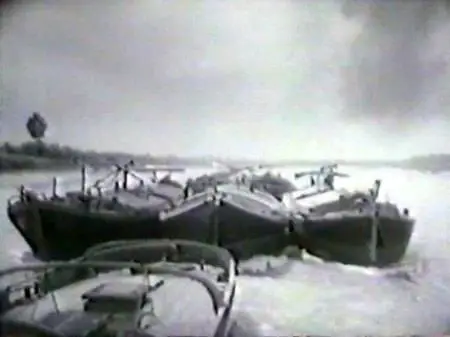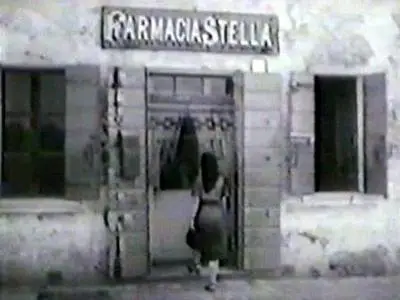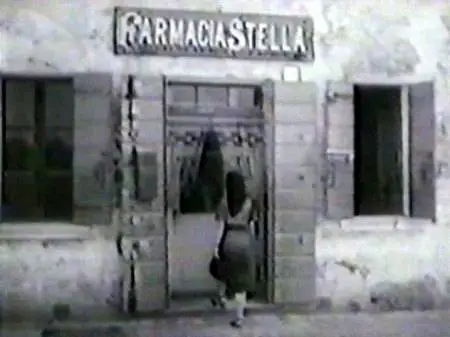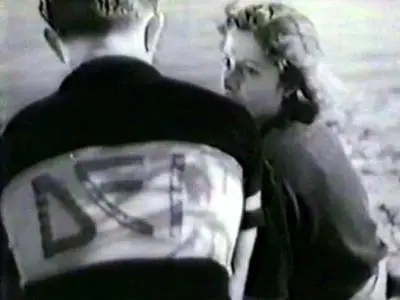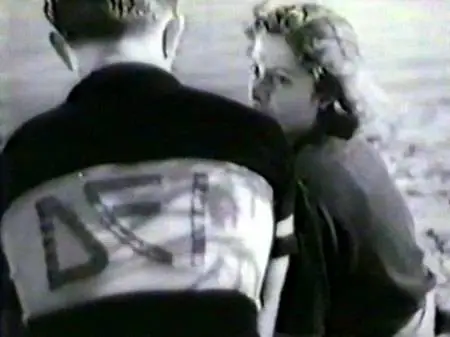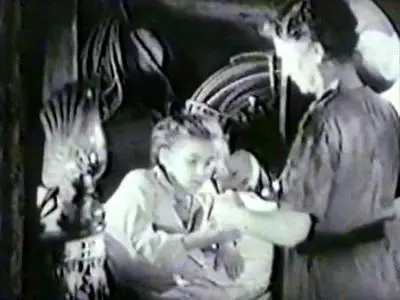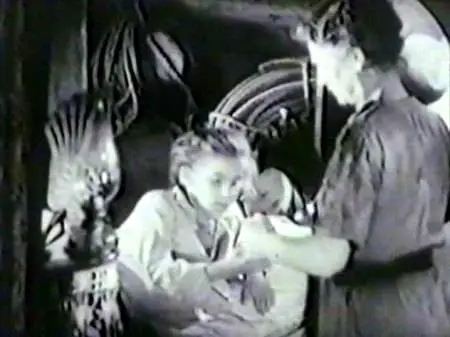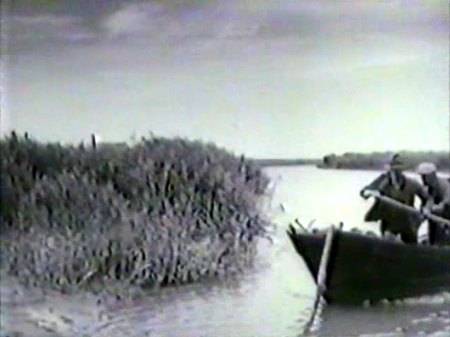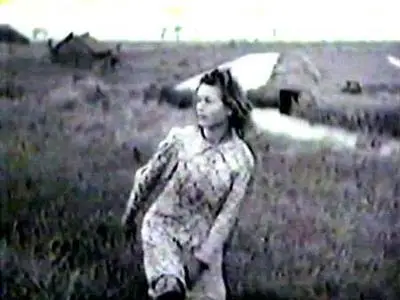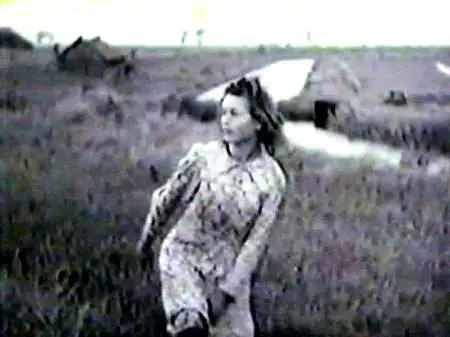Michelangelo Antonioni-Gente del Po (1943)
99.7 MB | 0:10:15 | Italian with no subtitles | DivX, 1200 Kb/s | 640x480
99.7 MB | 0:10:15 | Italian with no subtitles | DivX, 1200 Kb/s | 640x480
Documentary on the people of the Po valley. A family on a barge travels down the river and stops to get medicine for their sick daughter. Inhabitants of the Po valley delta prepare for a storm. British Film Institute
The plain of the Po has given northern Italy its wealth, but the river is unpredictable, always shifting, meandering, refusing norms. A sprawling story of regular repetitions and unpredictability. It silts up. It pushes the sea back! Its riverbed gets higher and higher—hence the everlasting danger of floods. On the surface she is still (the Po is a feminine river—perhaps the most feminine in the world: by contrast the Danube is male) but deeper down thee are invisible, ferocious currents. Beware all inexperienced boatmen! The Po irrigates, offers harvests and is indifferent, as are all rivers. (Excerpted from "The Shape of a Pocket" by John Berger)
In Antonioni's film the river is a chief character, defined by her colossal will, but not her impatience, to reach the sea. When she does, the sea, instead of embracing her, gives her a leg up and she clambers into the white bed of the sky. (Excerpted from "The Shape of a Pocket" by John Berger)
The other principal characters in Gente del Po are the captain of the tugboat, hauling five barges down the river, the captain's wife and their daughter, who is down below in her bunk for she has been taken ill. The mother goes ashore to buy a remedy for her daughter in the chemist's shop of a poor riverside village. The tugboat is called Milano and the river is constantly reminds the villagers of elsewhere. This was twenty years before Italy's postwar economic miracle. In Antonioni's later films the milieu tends to be rich and elegant rather than rural proletarian. Yet isn't it true that in most of them there is a search for a remedy? A remedy which never quite works—despite all the effort. This first, brief, black-and-white film without spoken dialogue is prophetic in another way too. In it we today recognize Antonioni's special way of framing his shots—as though the focus of his interests is always beside the event shown, and the protagonist is never centered, because the center is a destiny we do not understand and whose outline is not yet clear. Essentially his cinematic handwriting hasn't changes since he began making this first film when he was thirty-one years old. An immense evolution is to come—including that of color—but the same vision, the same pair of eyes was already there in 1943. (Excerpted from "The Shape of a Pocket" by John Berger)
Rapidshare.com (99.7 MB)
http://rapidshare.com/files/36906870/MA-GdelPo.rar
(Password-www.AvaxHome.ru)


